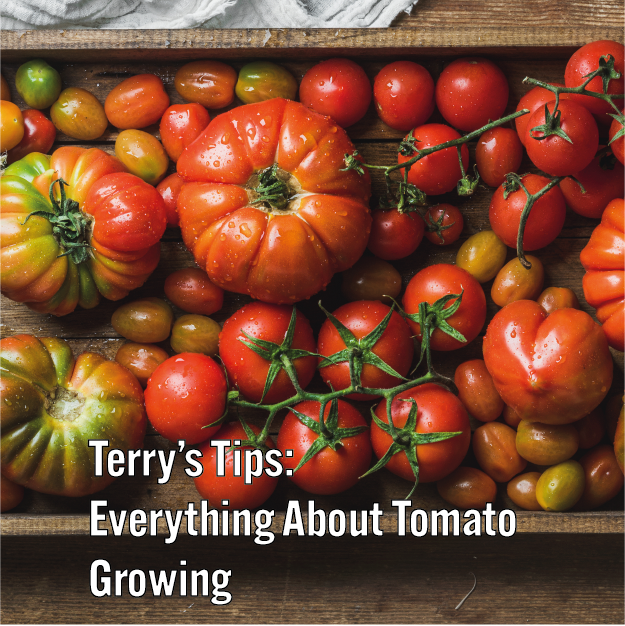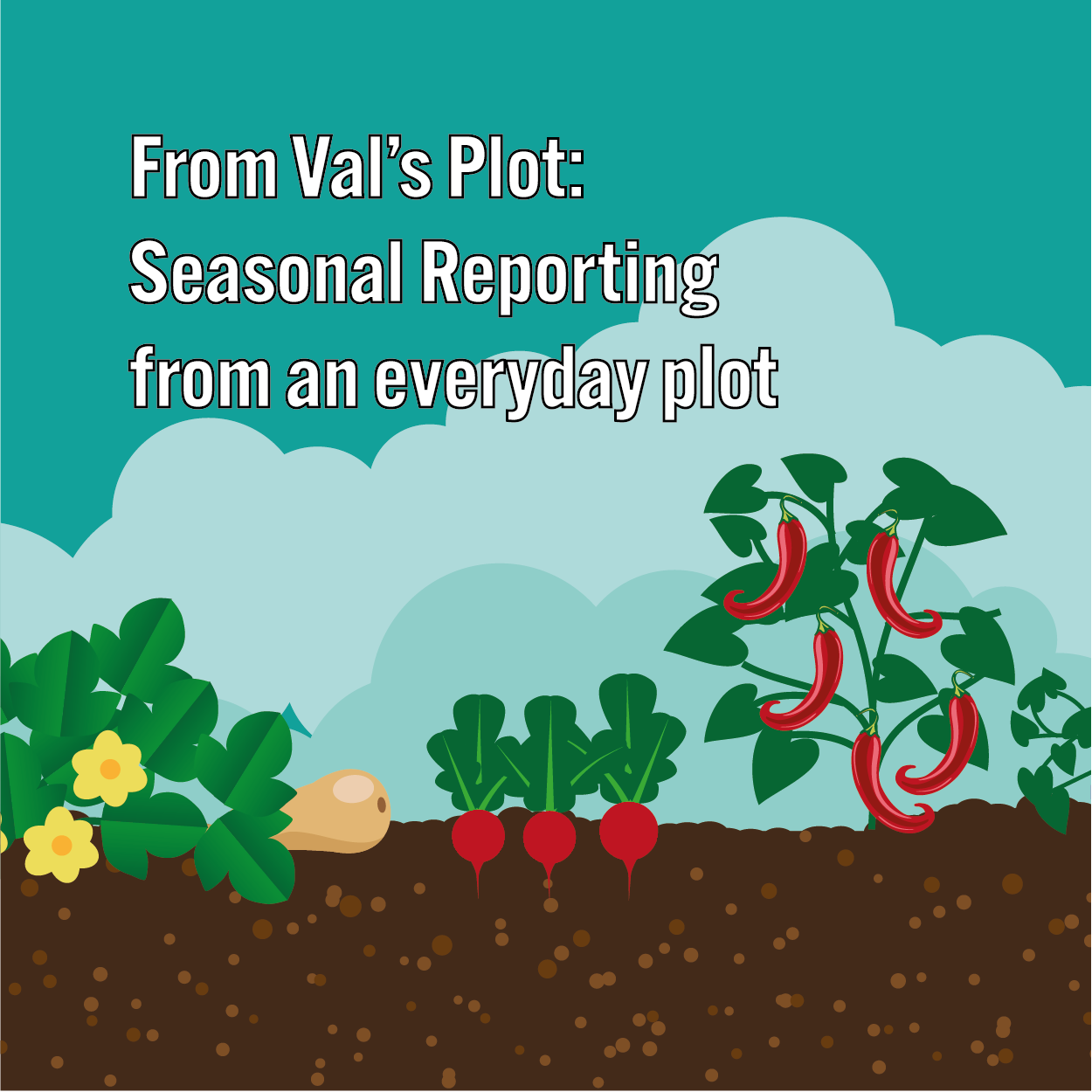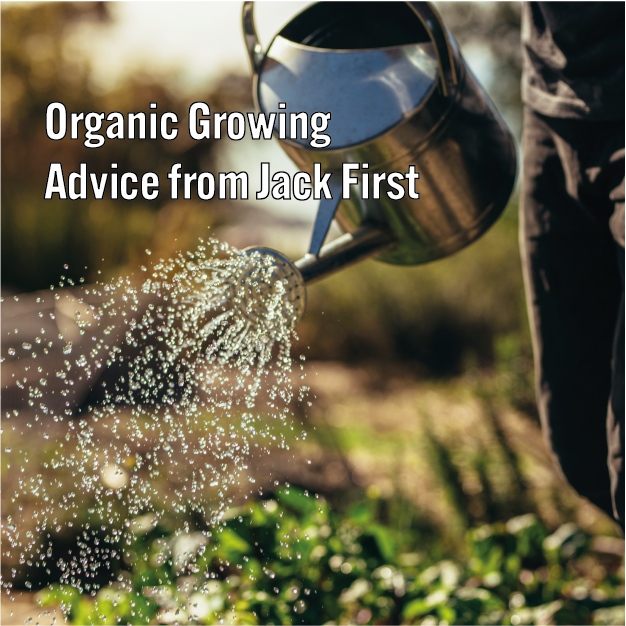Jack first on Compost
- Published: 19 January 2022 19 January 2022
What more can be written about compost, a subject covered hundreds of times by different authors. Time and time again we read of the usual composting materials such as kitchen and garden refuse, of leaves and manures of garden pets such as poultry and rabbits. Horse manure might be available to a lucky few. One thing is for sure, for many there is never enough of these composting materials to meet all the needs around the garden. But have you ever passed by a landfill site on a frosty day and wondered about the clouds of steam rising. That steam can only be generated by all items created via photosynthesis and includes many items discarded by all that could be used to produce compost.
While living in Yorkshire I had no problem obtaining large quantities of horse manure for making Hot Beds or adding to compost heaps. But this supply has dried up as I now live in Wales with few stables nearby. So I have had to seek out alternatives sourced locally, some of which maybe local to you. Many leaves are gathered by the lane that runs by our house. Sacks of spent hops from the local brewery are collected free of charge. Local sheep farmers have delivered bales of daggings, the soiled part of sheeps wool separated at shearing time). A bunch of onions passed on in gratitude goes a long way. Seaweed is plentiful as we are close to the coast but check with your council first in case permission is needed to collect it.
To a lesser extent paper and cardboard can be used but remove tape, do not include glossy paper and check that cardboard is not plastic lined. All goods made from 100% natural fibres such as cotton clothes, sheets and other bedding can be included. Paper, cardboard and those items made from natural fibres should be weathered before including in a Hot Bed or compost heap. All the above have been used in Hot Beds and within ten months have successfully decomposed.
One can also assume that these materials will likewise decompose in a compost heap, providing air and moisture is present. The exceptions are underwear which can contain much elastic, and although 100% marked cotton trousers and jeans will mostly decompose, the zip, pockets, studs and washing instructions remain, all connected by nylon thread.
Typically a pair of my trousers and jeans weigh two and a half pounds. The remnants after being in hot bed weigh four ounces. So only 10% goes to landfill the rest totally decomposes.





